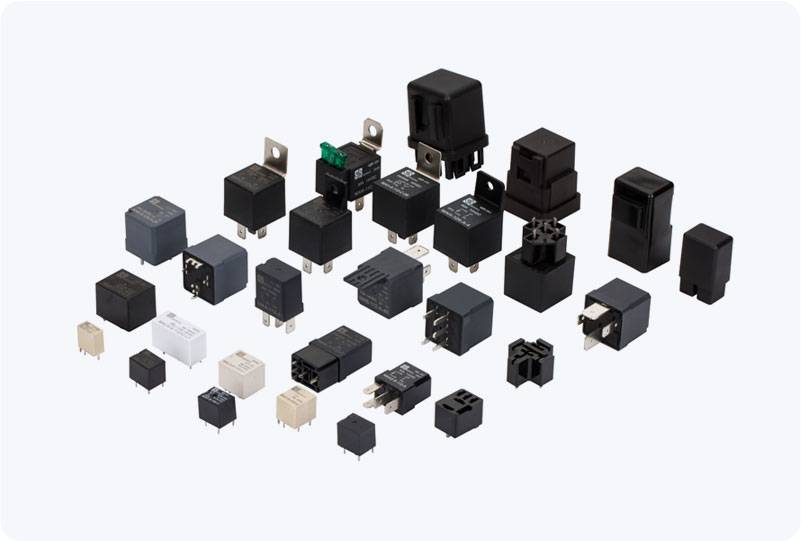When it comes to automotive electrical systems, two components often mentioned are relays and fuses. Both of these parts play crucial roles in ensuring the smooth operation and protection of the electrical circuits in a vehicle. Although their functions are sometimes confused, they serve distinct purposes. In this article, we will explore the differences between relays and fuses in cars, their working principles, applications, and why each is necessary for the proper functioning of a car’s electrical system.

What is a Relay in a Car? A relay is an electrical switch that controls the flow of electrical current in a high-power circuit using a low-power signal. It works by utilizing an electromagnet that, when energized, closes or opens the switch to allow current to pass through. Essentially, relays allow low-power devices, like a car’s control system or sensors, to activate high-power components, such as the starter motor or headlights. In simpler terms, a relay uses a small electric current to control a larger current, which is beneficial because it prevents wear and tear on switches and reduces the risk of overloading sensitive circuits.